
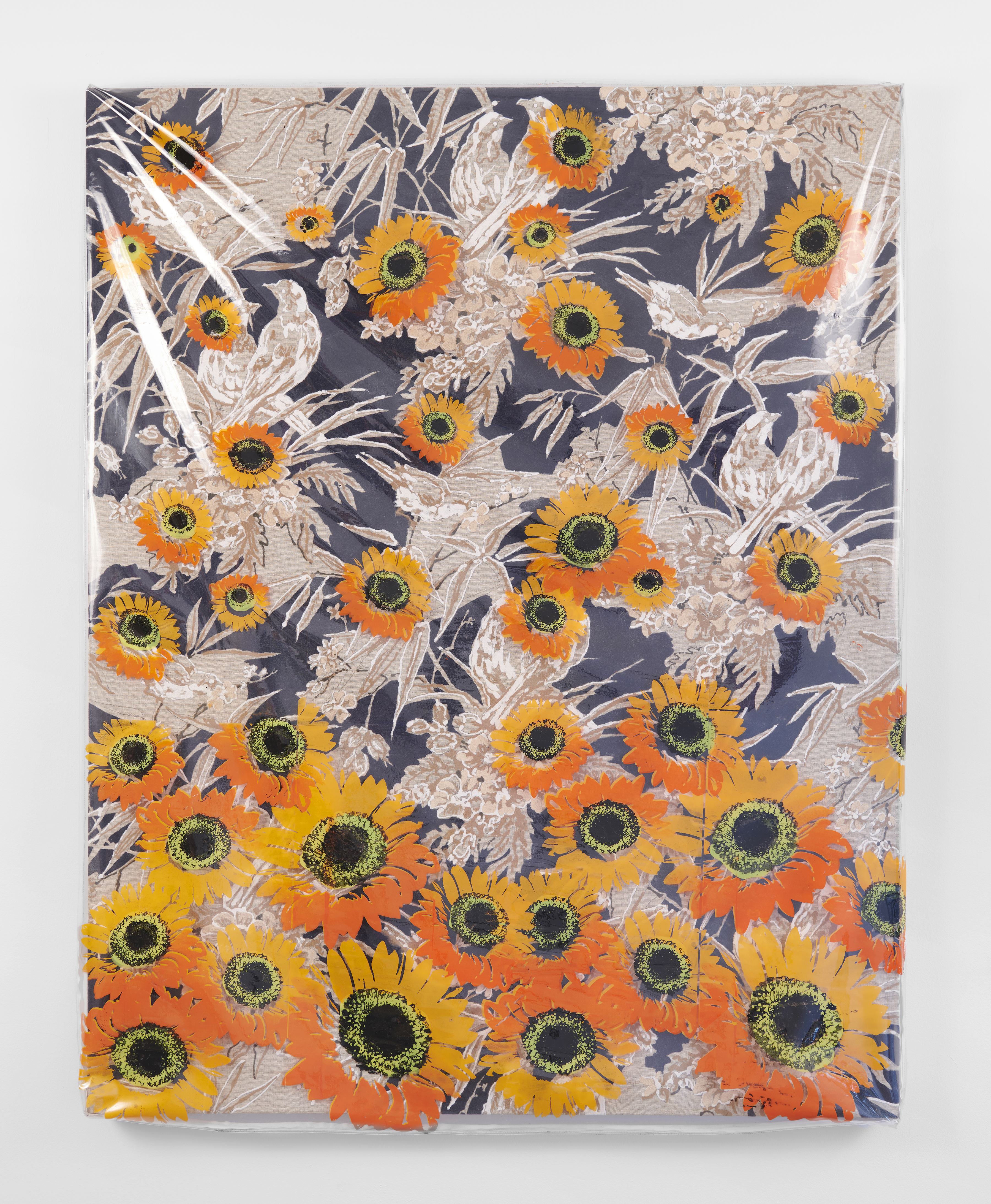
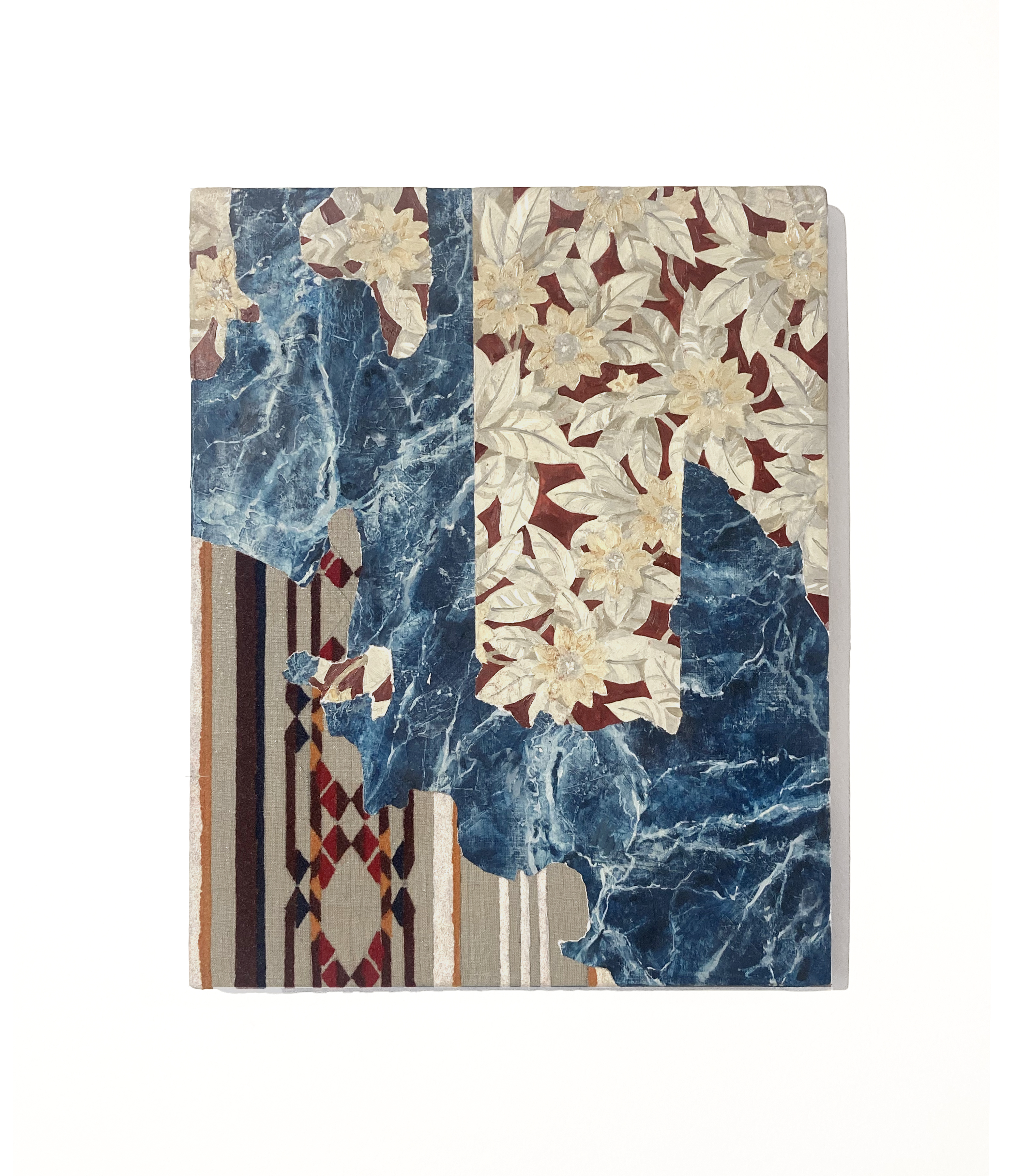
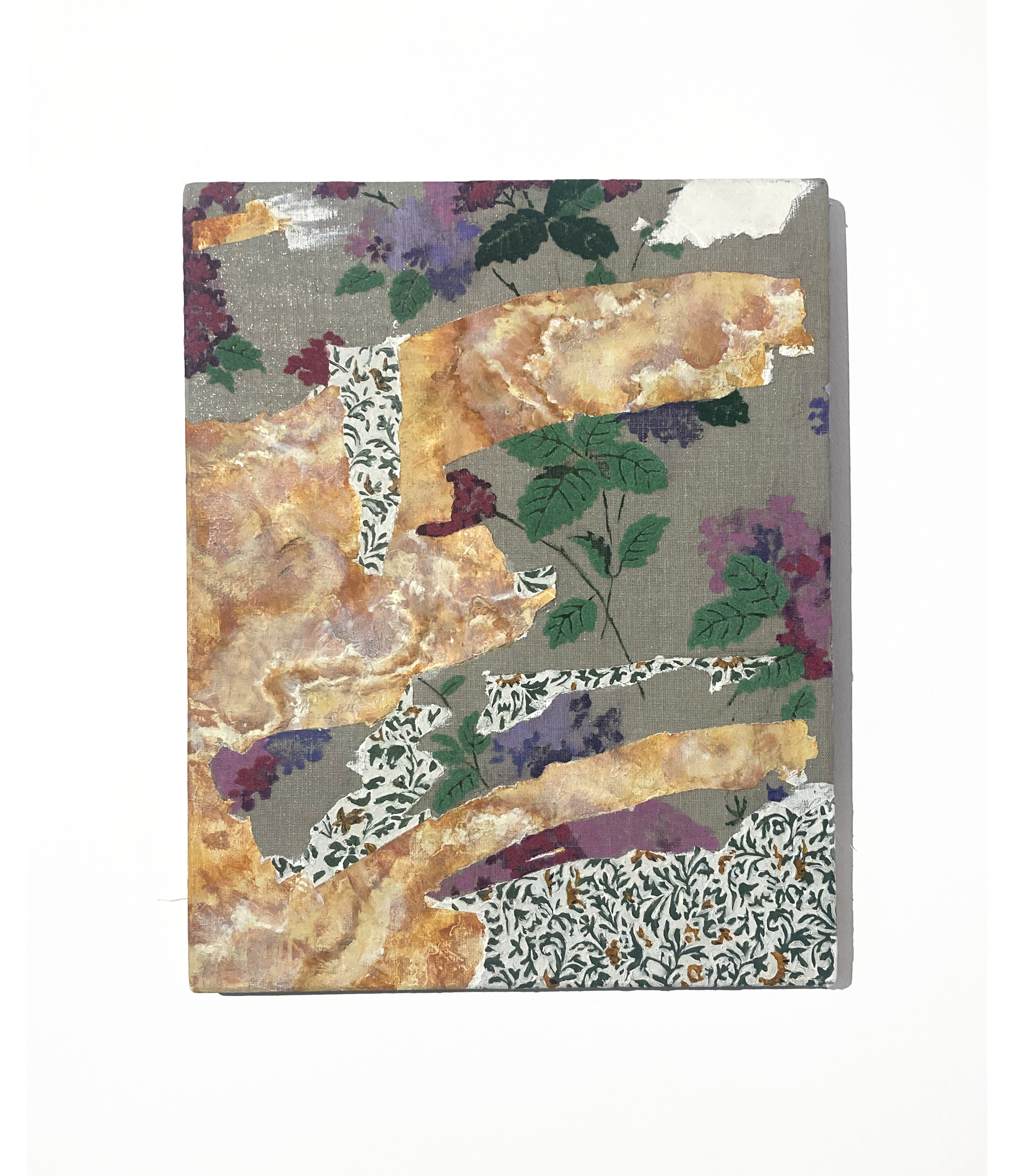
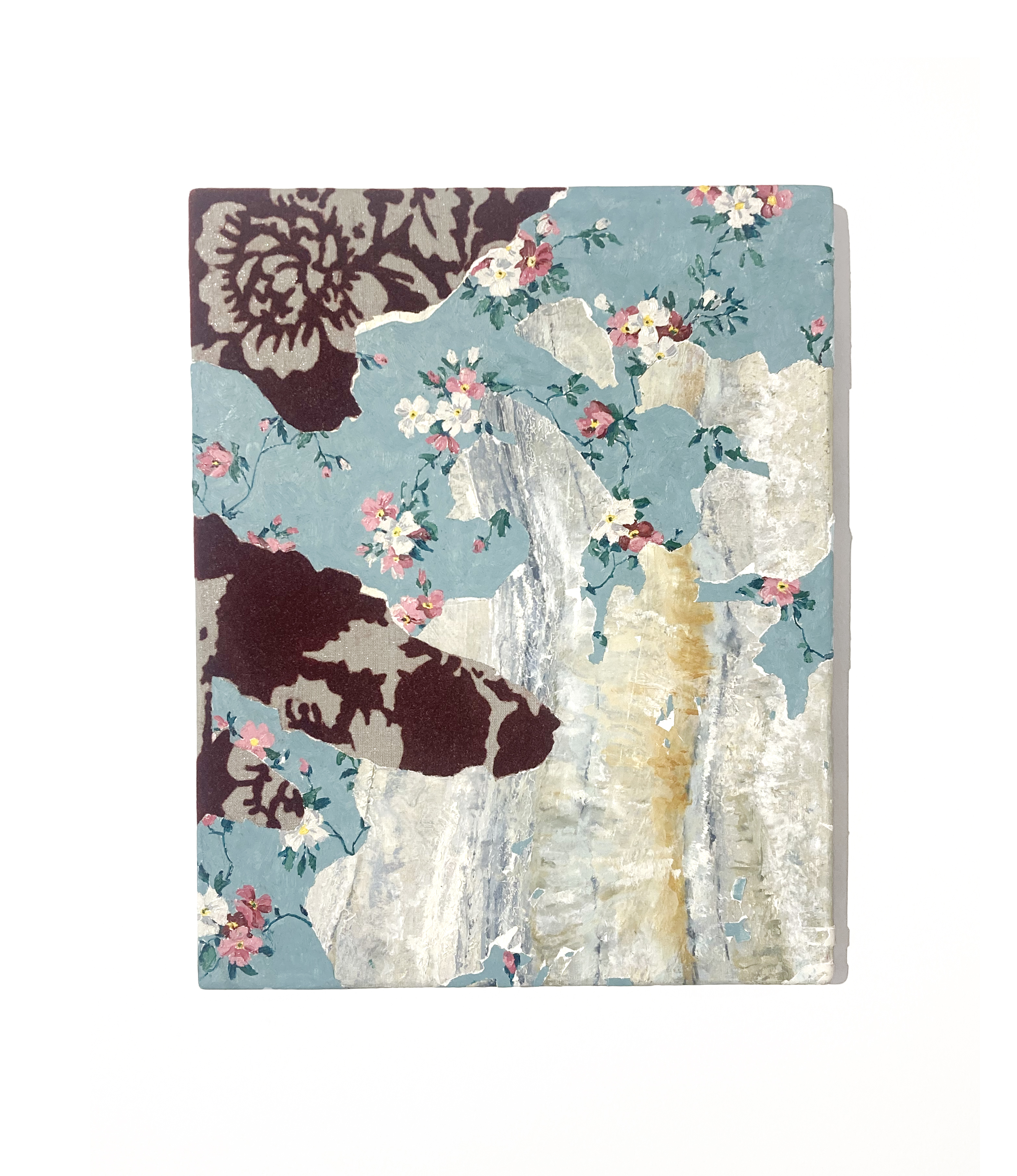
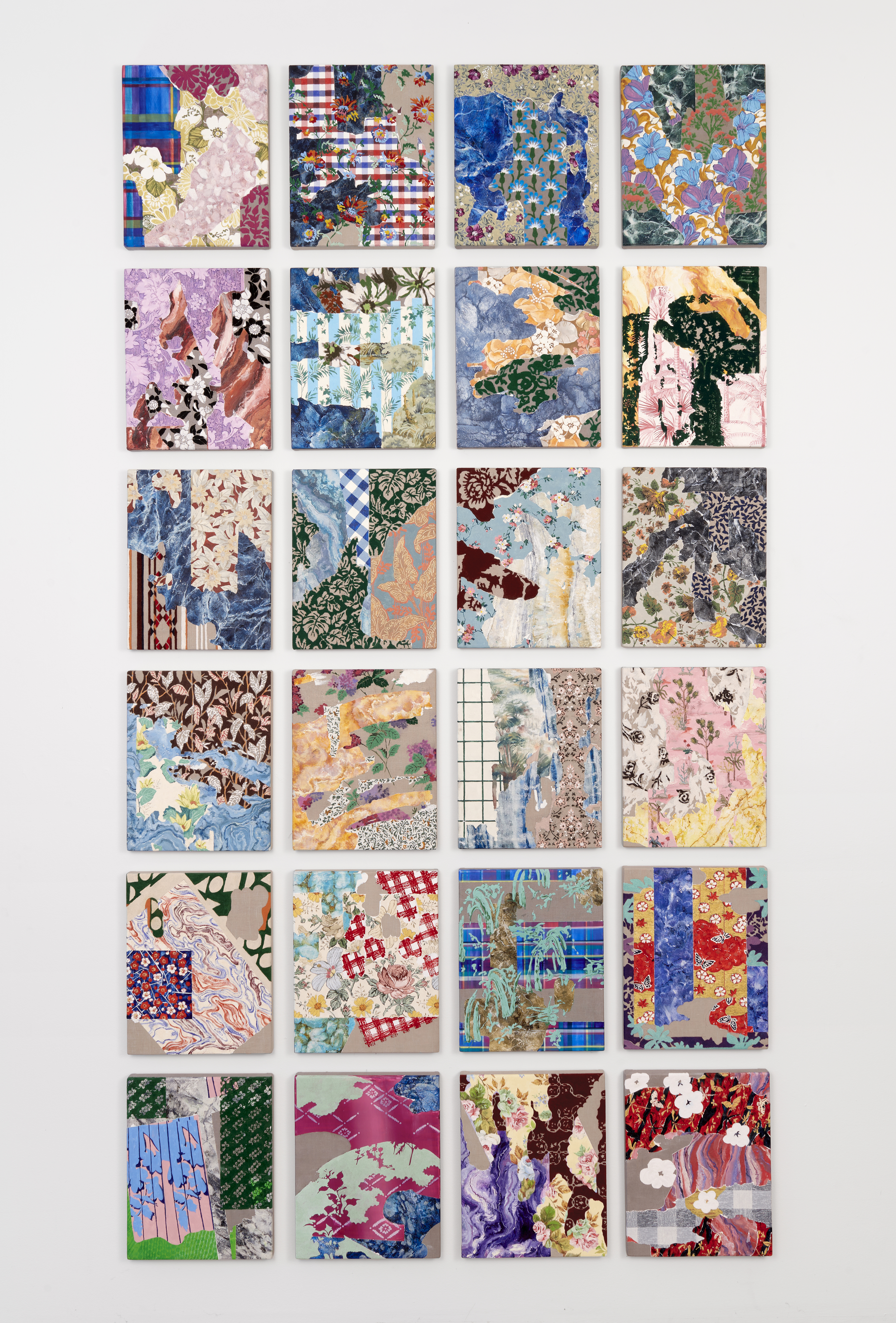
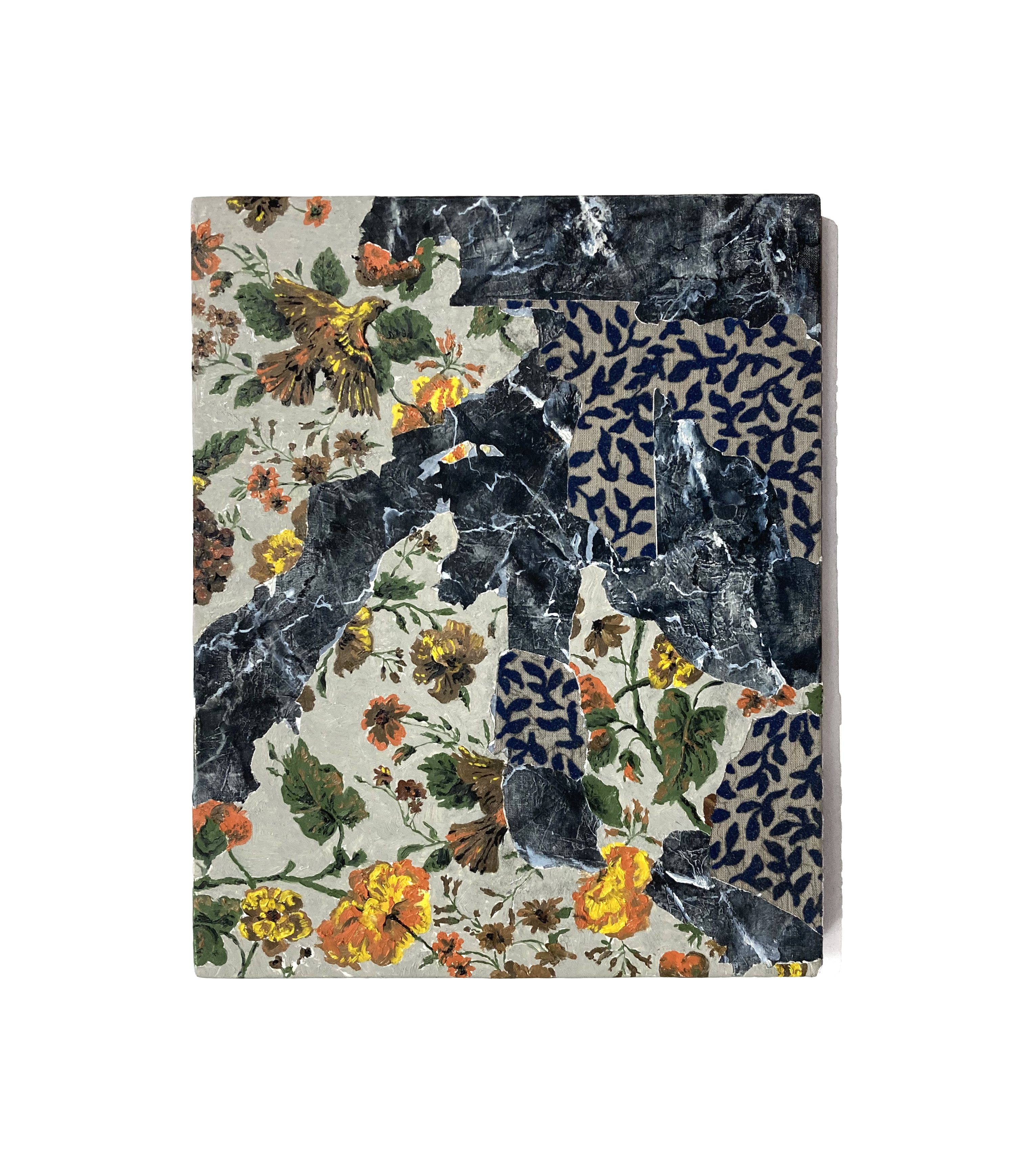

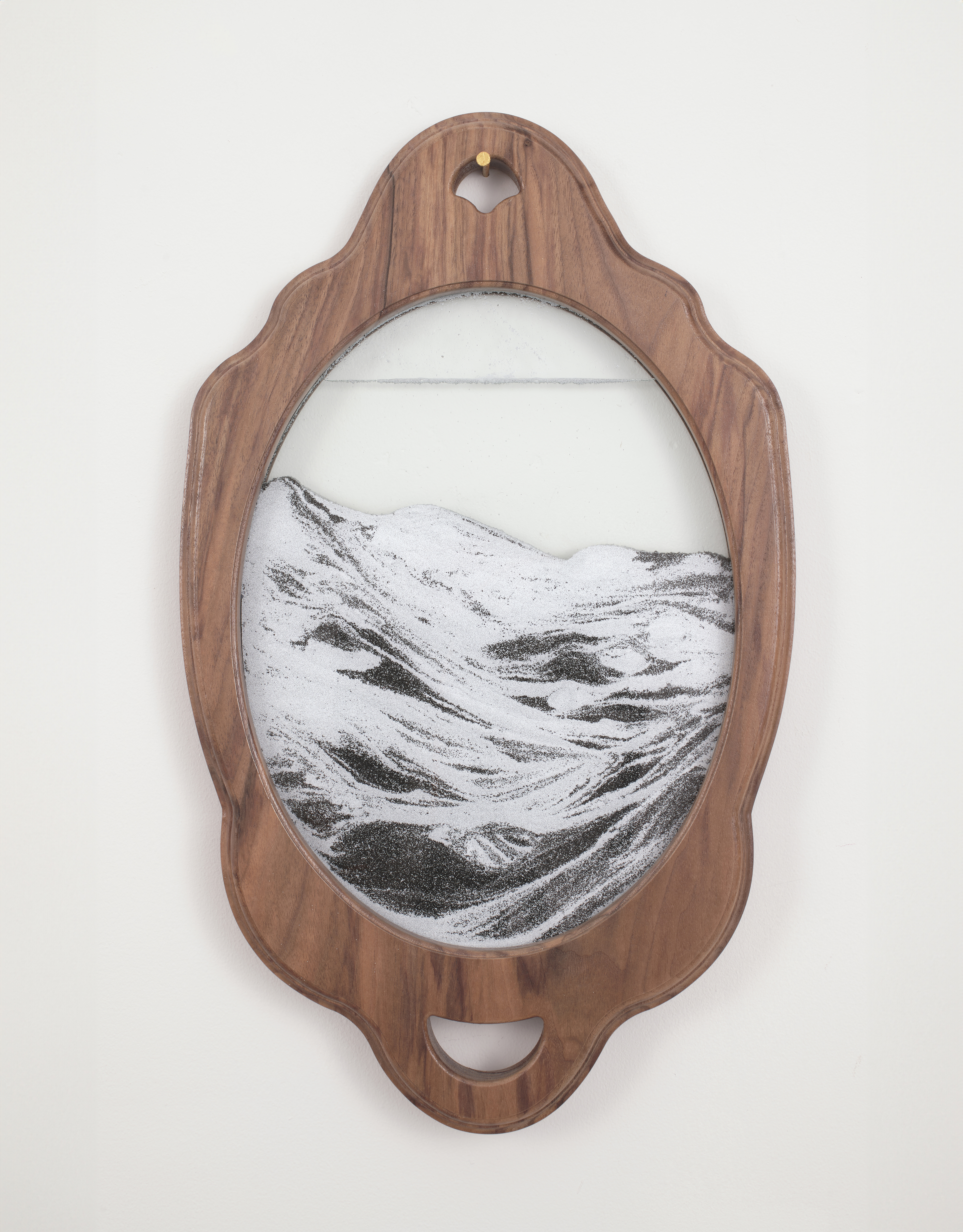
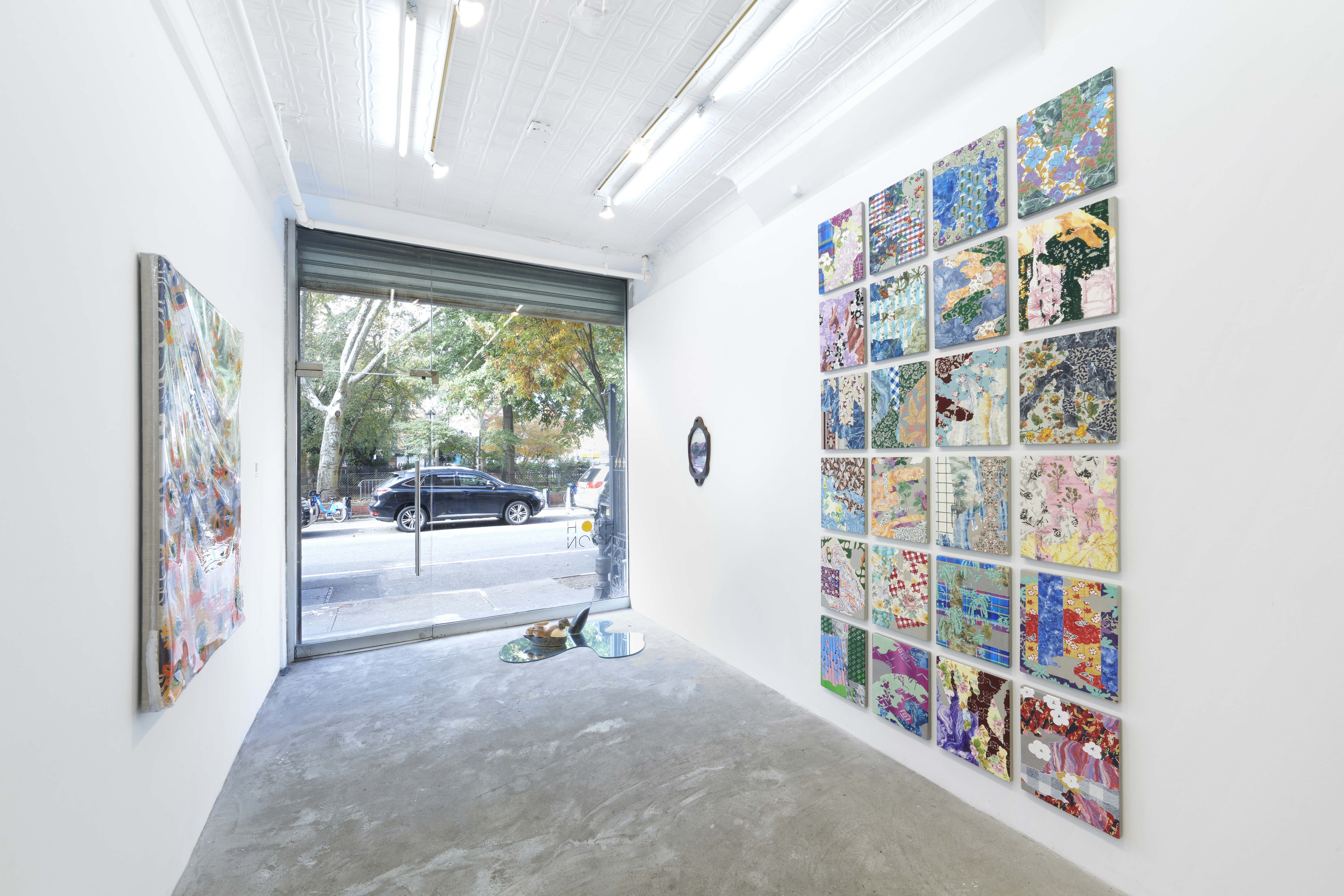



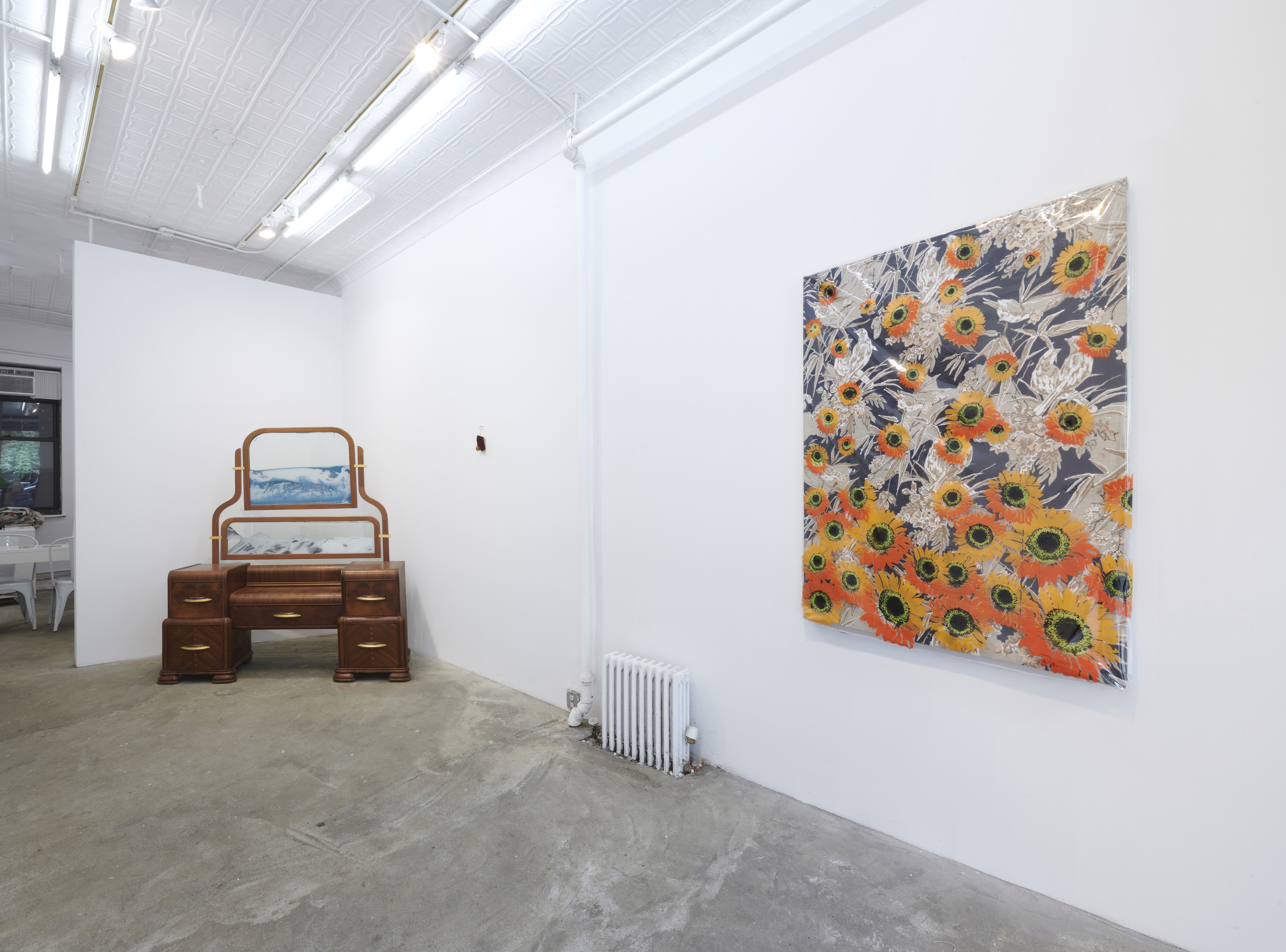
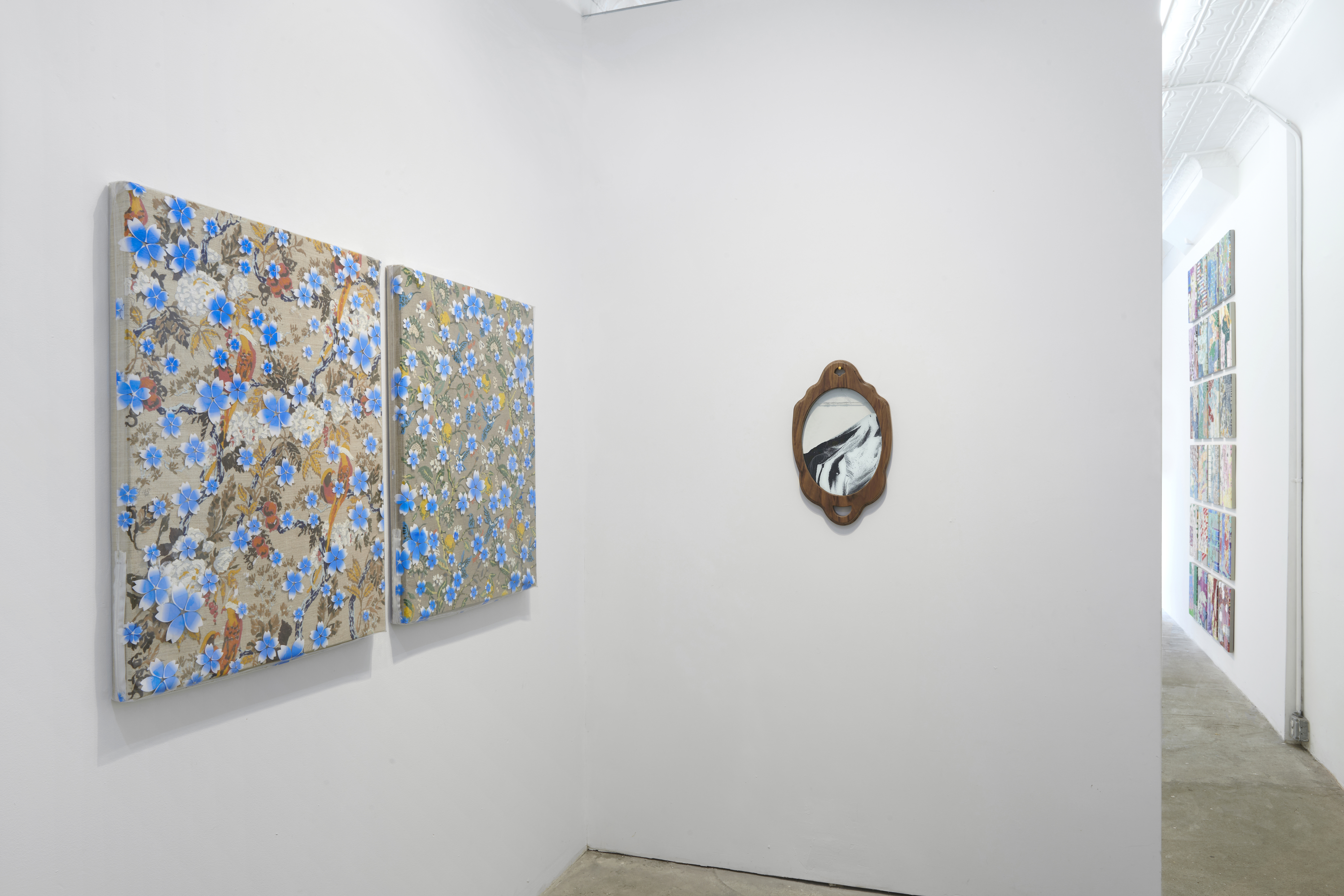

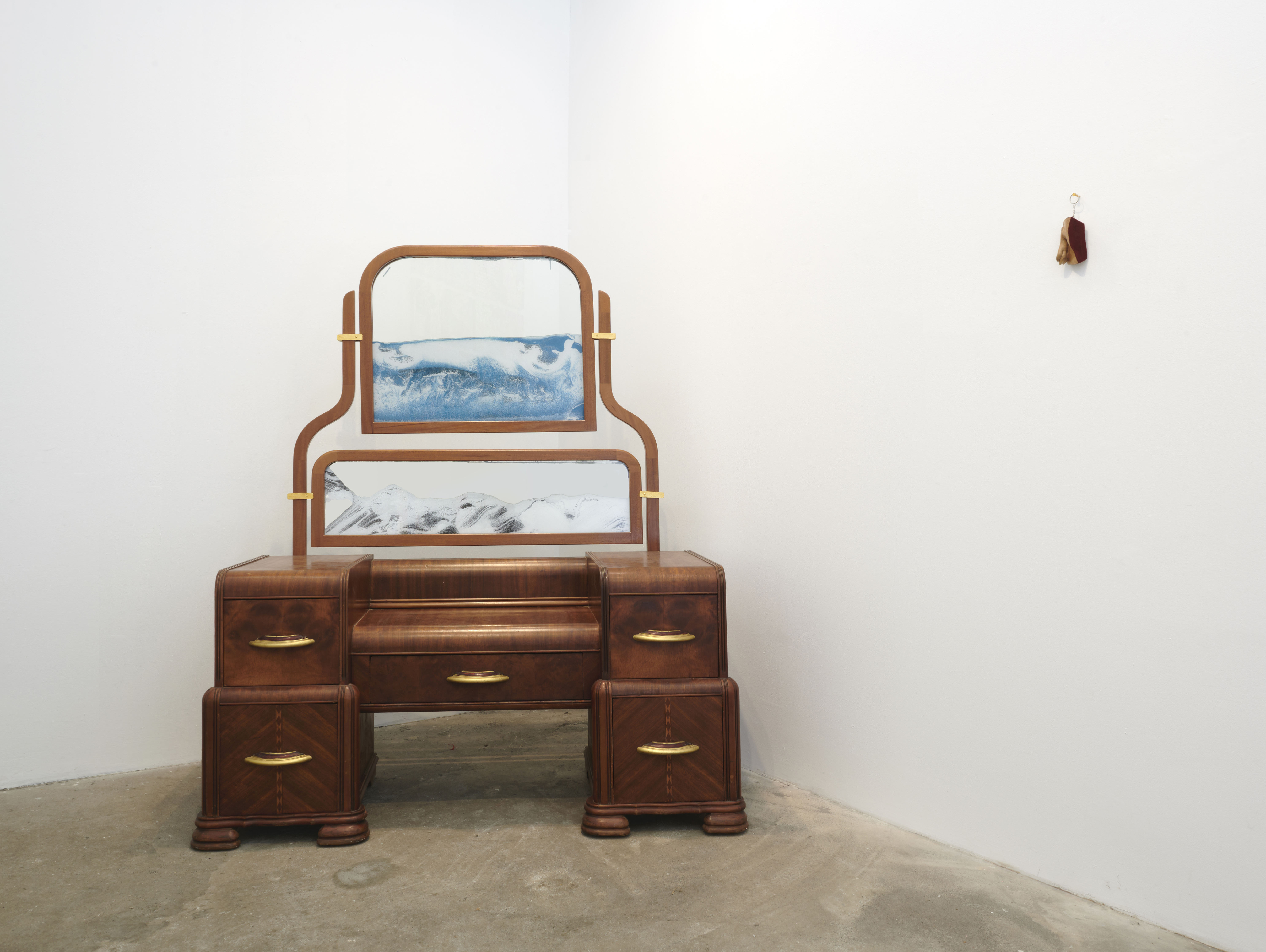
Daina Mattis | Forever Wild
October 28 - December 17, 2023
To the natural philosopher, the descriptive poet, the painter, and the sculptor, as well as to the common observer, the power most important to cultivate, and, at the same time, hardest to acquire is that of seeing what is before him. Sight is a faculty; seeing, an art.
— George Perkins Marsh, Man and Nature: Or, Physical Geography As Modified by Human Action
High Noon is pleased to present Daina Mattis's third exhibition with the gallery, Forever Wild, a new body of experimental paintings and sculpture. Through use of art historical methodology, linguistic tropes, and contemporary media, Mattis employs stylistic trends that mimic nature to create layered meanings which explore our fragmented relationship with the natural world, highlighting tensions that exist between memory and loss, actuality and artifice.
To be considered “Forever Wild”, land is distinguished as having the highest available protections in the continental U.S. Man and Nature by George Perkins Marsh, first published in 1864, opened the eyes of New York’s corporate powers to the reality of a looming erosion catastrophe due to logging that could jeopardize the Erie Canal. Because Corporate America’s environmental interests are tied to economic interests, lobbying by corporations resulted in a revision to the NY state constitution to include the “Forever Wild” article in 1894, establishing the 6 million acre Adirondack Park as the nation’s first Forever Wild classification.
The term carries with it an Edenistic implication, that these wild spaces may bridge the gap between the Divine and Original Sin. “I feel the link of Nature draw me”, Adam extolled in John Milton’s Paradise Lost. The quandary which separated humankind from God was domestic, the first example of instinct being abstracted. Borrowing from Marxist theory, Mattis suggests that modern humans’ biological instincts are cross-wired with social superstructures such as culture, institutions, and media, which in turn tempers behavioral patterns.
In Field Studies, Mattis considers the overlaps of biological and social patterning. 24 paintings measuring 15” x 12” each hang floor to ceiling in a tight grid activating the recognition that each of these paintings are comprised of strips of fashionable wall treatments. Flocking, wallpaper, faux-painting— all popular in different decades, are compressed non-hierarchically into a tiny picture plane, while the exposed linen surface functions as both image and object. “In my practice,” Mattis says, “Painting is about concealment, nuance, and reshaping.”
Craft provides a consistent through line in the exhibition, as Mattis maintains an analog veneer even in the handling of plastic or flocked surfaces. Through the unlikely combinations of material in these works, she asks the viewer to consider how craft has been mitigated through our experience of mass production and modern convenience.
A series of flocked birds patterned on linen are covered with hand-sewn and zippered clear vinyl, as one might cover upholstery. Silk-screened atop the vinyl are different varieties of flowers, providing a visual representation of inter-specific competition— in this case, two patterns of species vying for dominance of the picture plane. The vinyl creates a stark separation, keeping the soft tactility beneath at arms length, both literally and optically, as the flowers dictate the melancholy titles— Sundowner, Forget-Me-Not— evocative of nostalgia, regret, or finitude.
At the heart of the exhibition is The Fountain, sharing its name with DuChamp’s infamous ready-made sculpture, for which Mattis has re-engineered a 1930s waterfall vanity. Replacing the mirror with hand-crafted glass vitrines of rotating sand art, the cross-sections of sand settle into an endless possibility of landscapes meant to generate a soothing visual. In the context of a vanity, however, it recalls the ubiquitous notion of “sand through the hourglass”, highlighting the passage of time alongside the pacifying sensation of meditative calm. The infinite changeover of Mattis’s Fountain also parallels the generative scrolling of social media and the resulting dopamine loop, a constant chasing of the ephemeral.
Collectively, the works in Forever Wild reflect the remnants and trajectory of an autobiographical ecosystem. Mattis seems determined to reconcile impermanence and loss in a culture that minimizes the reality of both while subsidizing genuine connection— to each other and to the natural world. Through this body of work Mattis honors her beloved partner; their love of the Adirondacks mutually grew over the time they shared in the temporal world. May his memory remain forever wild: Tim Collins (1979-2022).
Daina Mattis (b. 1984) is a Brooklyn-based artist born in Los Angeles, CA. Mattis is the youngest of four children of Lithuanian immigrants. Her experiences in a bilingual, culturally rich home in Los Angeles greatly influence her work and how she explores visual language. Mattis was a Cooper Union A.I.R. (2016) and shows extensively. Exhibitions include: Family Style, High Noon Gallery, New York (solo); Vessels, High Noon Gallery, New York (solo), 2018; Bona Fide, AMAG at St. Thomas Aquinas College, New York (solo), 2019; The Cooper Union A.I.R. Exhibition, New York, 2016; Art in Miami, Context, J. Cacciola Gallery, 2012; and Daina Mattis, Frances Keevil Gallery, Sydney, Australia, 2010. Mattis has been featured in Design Milk, ARTnews, Art Frankly, Two Coats of Paint, and Professional Artist Magazine. Mattis was a co-founder and co-director at Undercurrent in DUMBO, NY. She is a Part-time Assistant Professor at Parsons School of Design, at The New School in New York, NY. In conjunction with her granted 2024 sabbatical leave, Mattis will be pioneering a new arts residency in Kochertürn, Germany.